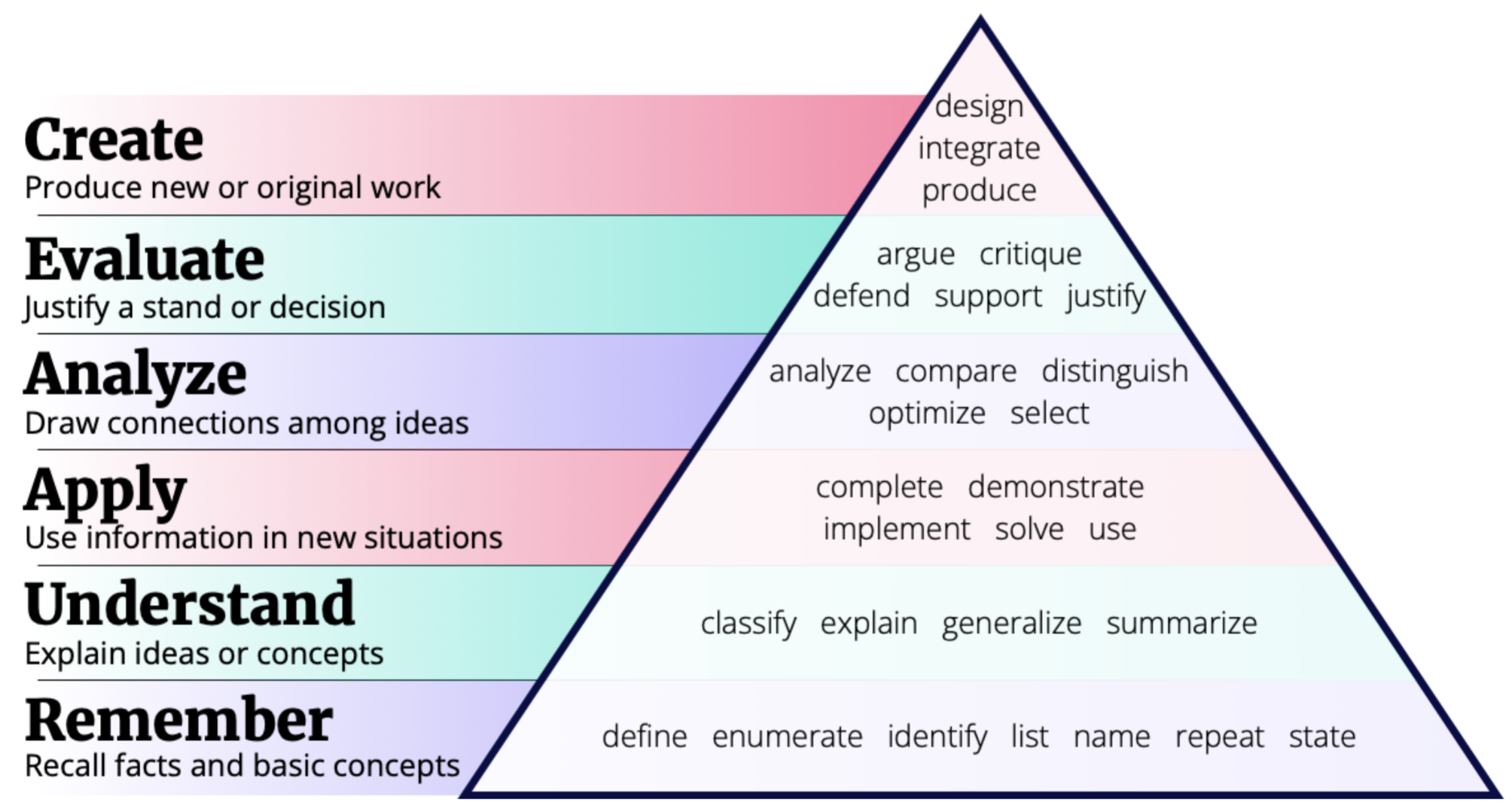You have 1 article left to read this month before you need to register a free LeadDev.com account.
In the current economic environment, companies are reevaluating hiring strategies. This process creates an opportunity to implement best practices that make hiring more efficient, fair, and enjoyable for candidates.
The current global economy is not without its challenges – or, opportunities. Tech companies based in the U.S. alone have laid off more than 150,000 workers in 2023, which has resulted in an unprecedented opportunity to nab some of the best and brightest in the industry.
As you’re doing so, are you putting your best foot forward? Everything from your job description to your interview loops stands as your organization’s first impression. Because these candidates are prospective, valued members of your team, your first impression needs to create a positive perception of your company. Here are some helpful tips that supplement our 2023 Tech Hiring Trends report to help you build the best possible team.
Start with the job description
Too often, job descriptions are either incredibly vague, or they read like a kid’s holiday wish list — jam-packed with every possible thing. Instead of using these tactics, opt for a more down-to-earth, realistic approach.
First, be specific. List the competencies and technologies that you need. This gives your candidate a more thorough understanding of the role’s expectations.
Second, stay focused. Only list the things that will absolutely be a deal-breaker for you when it comes to hiring. For example, including GitHub in a software engineer’s job description is usually a mistake. It isn’t a deal-breaker, as it is something someone could pick up on the job.
The more your job description focuses on the most mission-critical, make-or-break topics, the more you’ll look like a thoughtful, organized company. You’ll also help the right candidates gain more confidence in what’s most important.
Stay committed to your focus
Once you have solidified your job description, keep all of your interview loops fully committed to maintaining that topical focus. For example, if my job description is asking for a Python engineer, I’d write interview questions that focus on general Python expertise. This effort may include questions on Python libraries that are de facto standards, like NumPy. Niche or obscure libraries that are not listed in the job descriptions shouldn’t be mentioned in the interview.
To better connect those two ideas, think of it like this: the job description is a checklist of things you need, and the interview validates that checklist. Anything that isn’t on the checklist isn’t in the interview, and everything in the interview is on the checklist.
If the interviews are ways to validate that a candidate ticks all the checklist boxes, what’s the best way to do that? Avoid tech trivia and textbook questions. The target is to create a question that will identify people who actually understand the technology, not people who just know the buzzwords. Essentially, if ChatGPT can quickly provide a correct answer, you’re not asking the right question.
Instead of spending a lot of time and energy testing my questions with an AI and getting results that may not be relevant, I familiarize myself and my team with Bloom’s Taxonomy.

Aim for the analyze level of the taxonomy, rather than writing tech trivia questions. These work more successfully at the remember level.
This chart has been a handy reference for me. I know I’m not aiming high enough if I find myself using phrases like, “List the six different types of software test.” Instead, I can reframe the question in a way that might reveal more about the candidate. For example, I could ask: “You want to use software tests so that you avoid checking in code that contains well-known bugs. Choose the type of test that would be appropriate.” Here, the word select is firmly in the evaluate column, which is perfect. Now, the candidate has an opportunity to demonstrate that they not only know test types, but can reason about which one to use.
Check assumptions by testing interview questions
It’s really important that everything in an interview is concretely aligned with the day-to-day work that I expect a candidate to successfully perform. I want to ask questions that represent the things 80% of my team will be doing 80% of the time. I don’t want to aim for the edge cases.
To help me achieve this, I ask my existing team to join me on video calls after I write up my interview content. There, I ask them to answer those questions in an environment similar to one that candidates will be in. If most of my team can’t answer a question, I delete it.
Despite many candidates’ fears, interviews aren’t there to put a candidate through some kind of gauntlet or technology hazing ritual. I want to hire the people who are at the same level as my existing team, so I use my team to ensure I’ve set the bar appropriately.
Final thoughts
The hiring process is in service of a goal: to find a new, qualified team member. Keep that goal in mind from the outset. Begin by carefully constructing your job description to reflect your needs. Be specific and stay focused on the qualifications that matter most. Stay committed to that focus as you build out the interview process. Design your questions to evaluate the things that matter. Use Bloom’s Taxonomy to avoid building textbook interview questions and pilot those questions internally with people already in that role to ensure they evaluate the skills you need.
Ultimately, you want candidates to be energized and excited. You want them to have an interview that gives them confidence they’re going to fit in and be successful at work if they’re hired. This approach is the best way to kick off what will hopefully be a long, productive, and meaningful working relationship with a new hire.






